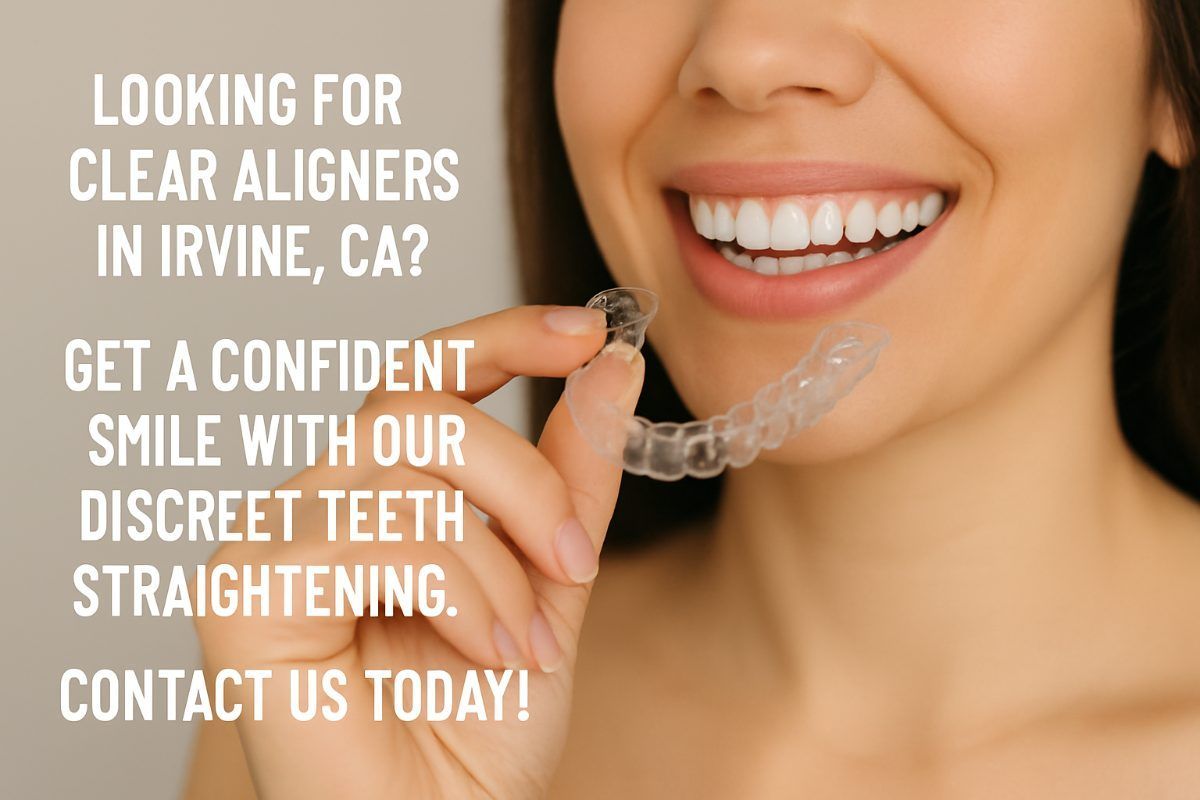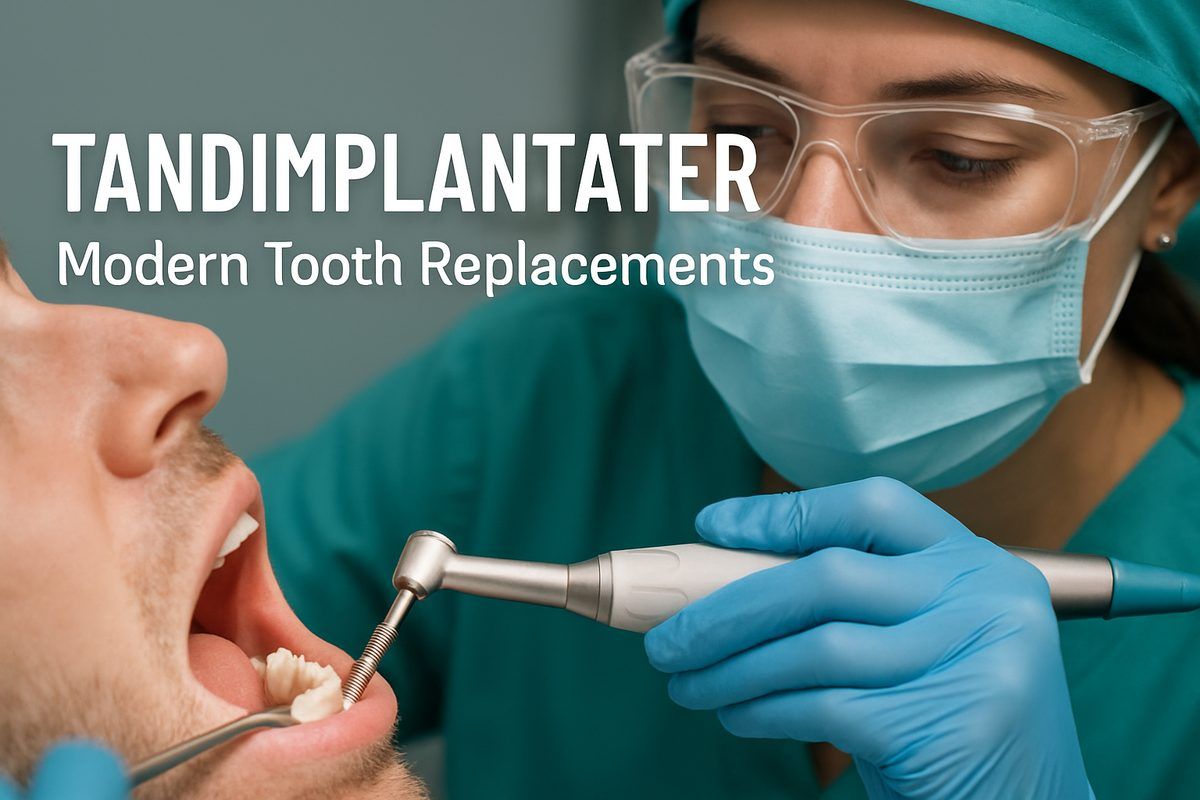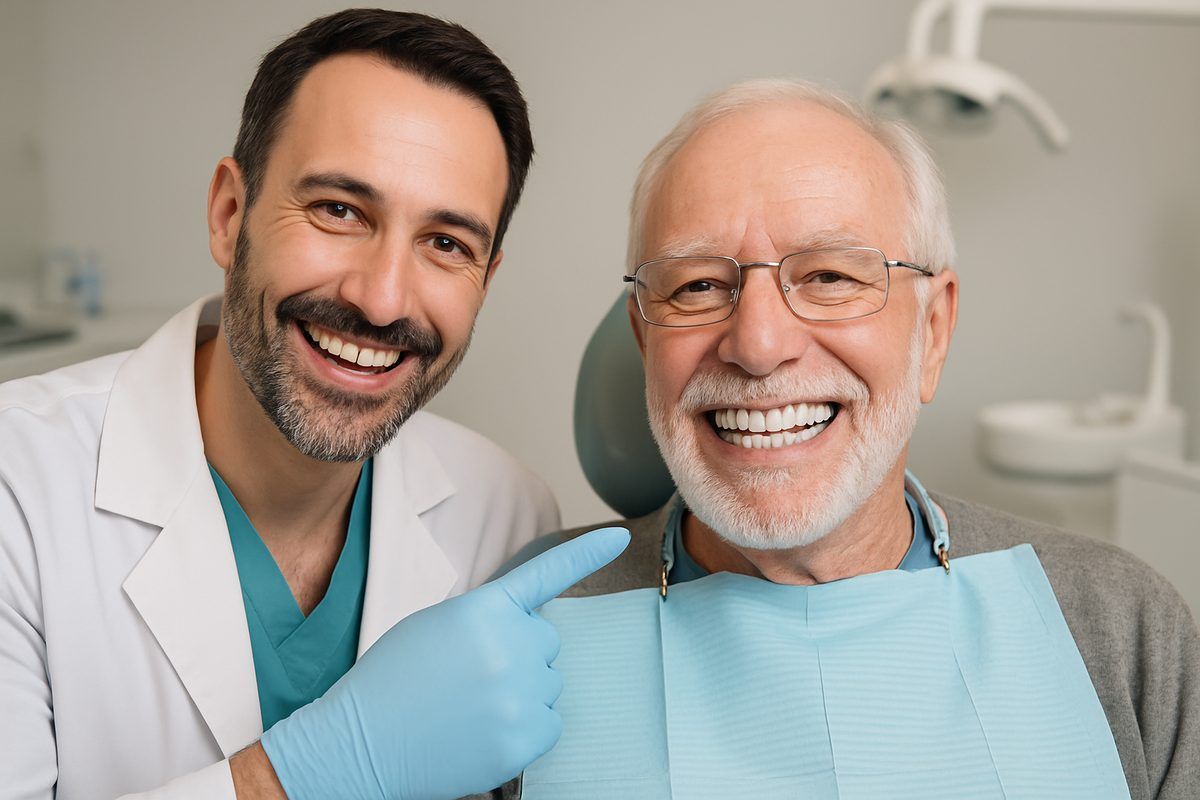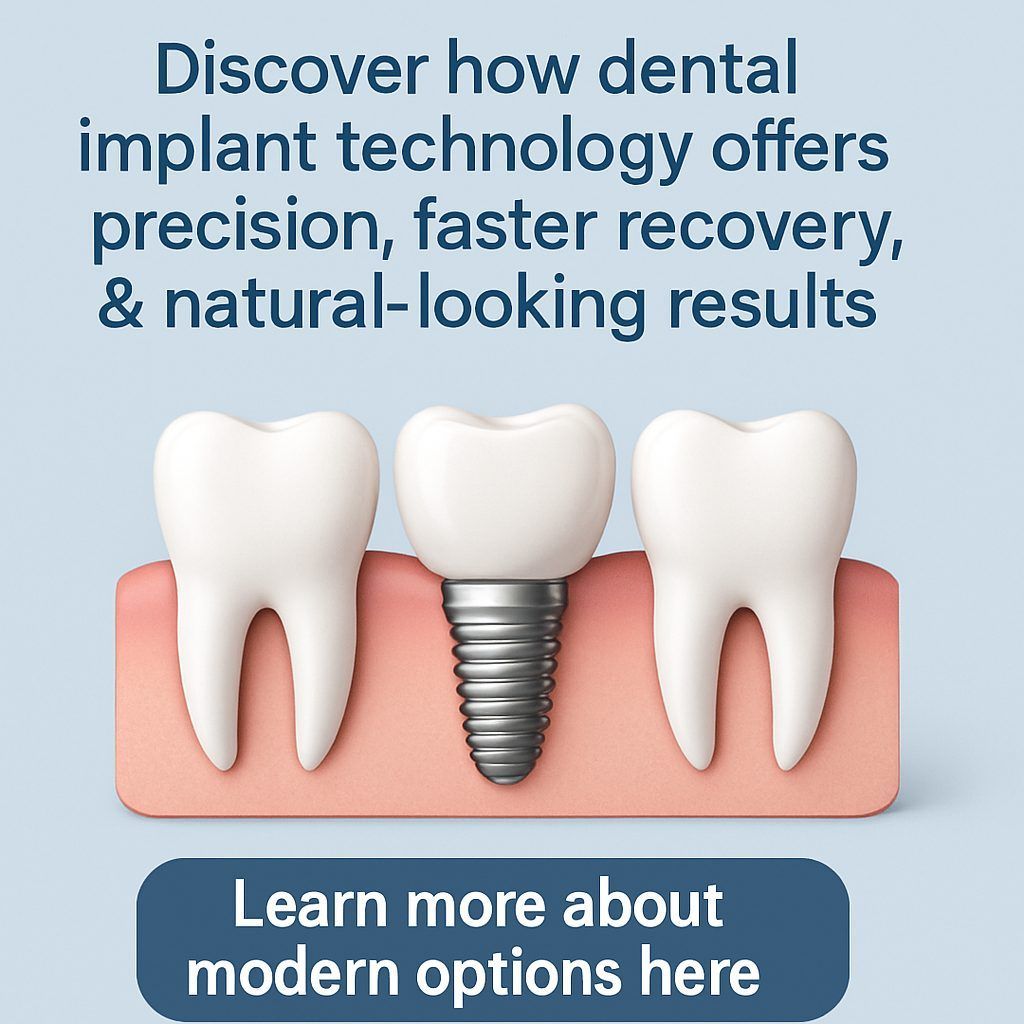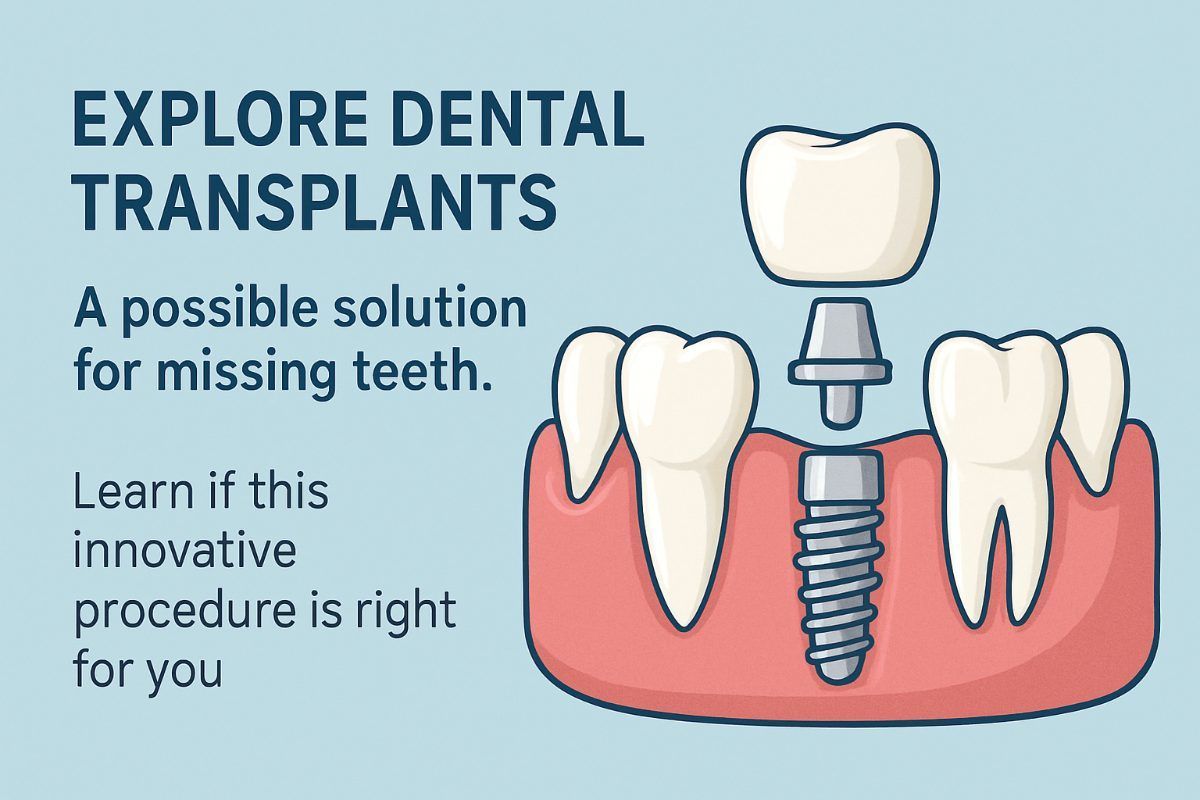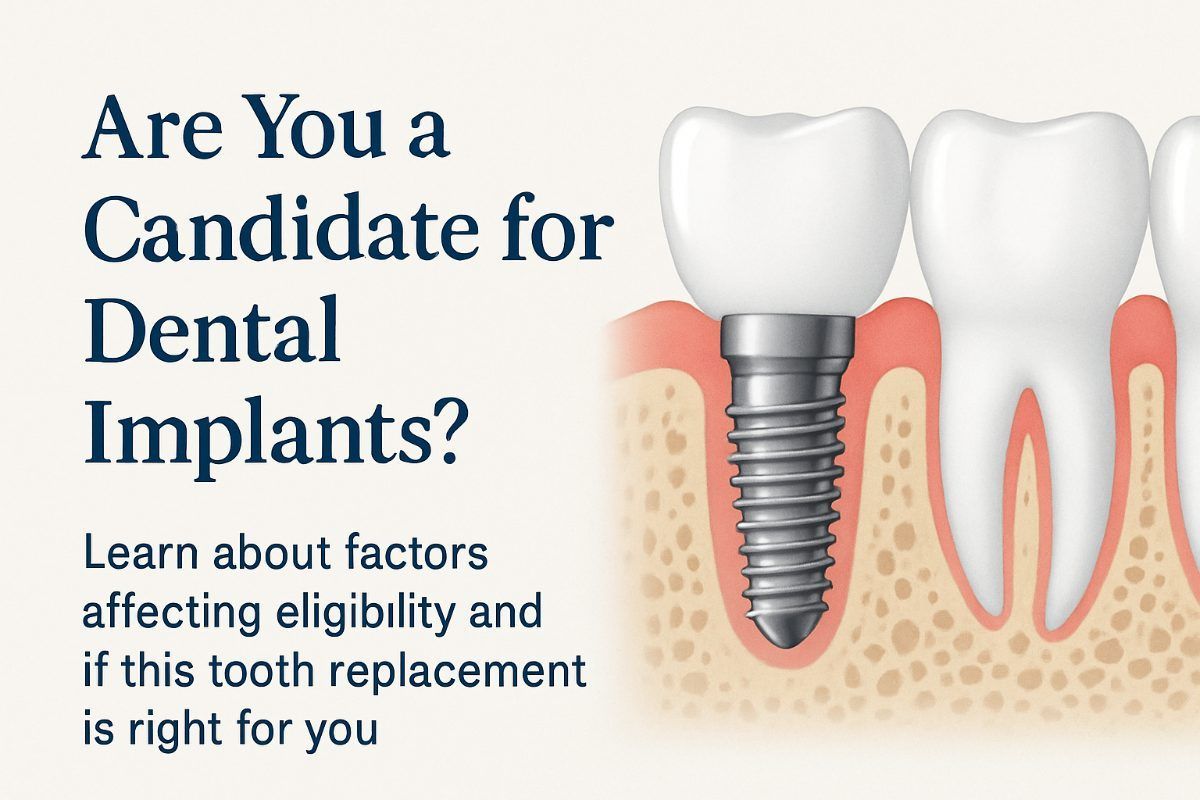How do Dental Implants Work? A Guide To Implants
How do Dental Implants Work? A Guide To Implants
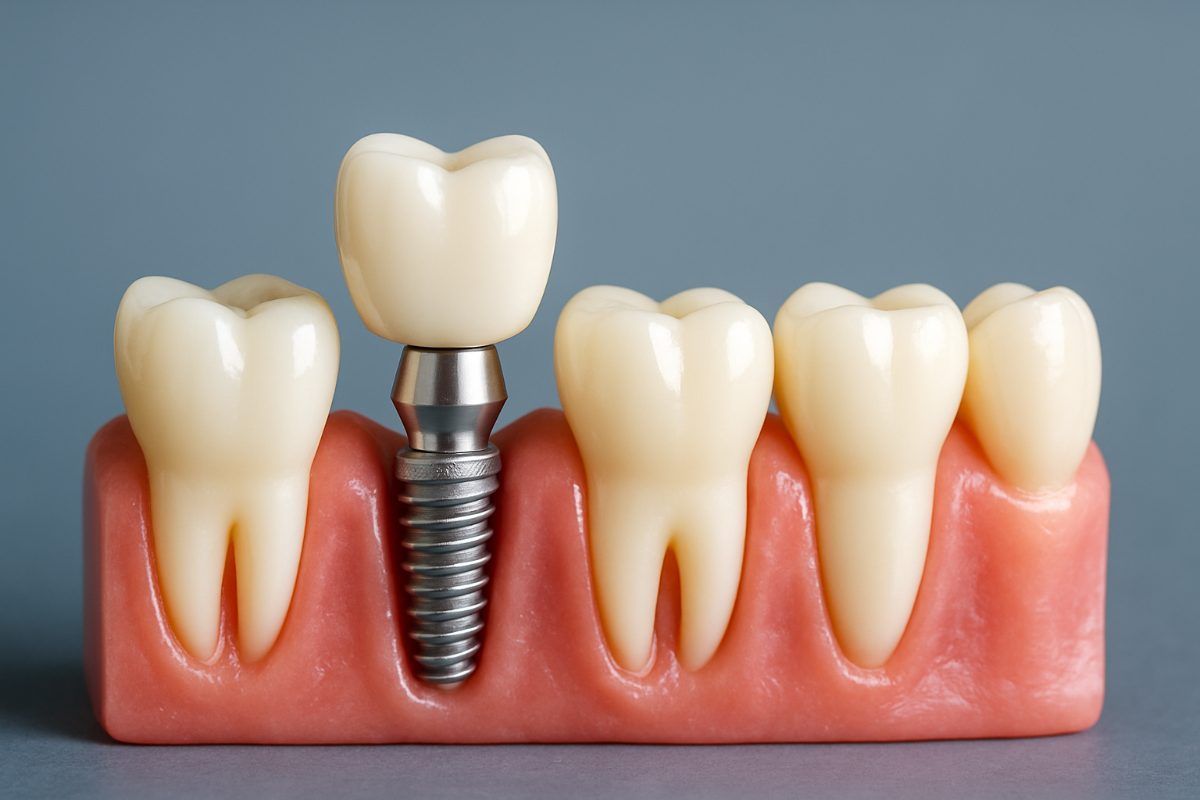
This guide explains dental and implant care in plain language: what it covers, why it matters, and what to expect if you need tooth replacement. You’ll learn how implants work, common procedures, who is a good candidate, the step-by-step treatment process, costs and financing, long-term care, and how to pick a provider. If you live locally, this guide references dental and implant in Irvine, CA to help you find nearby options.
How do Dental Implants Work? A Guide To Implants
"Dental and implant" care means using surgically placed posts (implants) and custom restorations (crowns, bridges, or dentures) to replace missing teeth. Unlike older options like removable dentures or bridges that rely on nearby teeth, implants anchor directly in the jawbone to act like natural roots. That gives better chewing, speech, and a more natural look.
Key advances now used in dental and implant care include CBCT 3D imaging for precise planning, CAD/CAM same-day crowns, stronger implant materials like titanium and zirconia, BLAST healing technology to help faster bone integration, and digital smile design for better aesthetics. These tools make treatments more predictable, more comfortable, and often faster for dental and implant patients near Irvine, CA.
Common Types of Dental and Implant Procedures Near Irvine, CA
Single-tooth implants
A single-tooth implant replaces one missing tooth. The implant post is placed in the jaw, allowed to integrate (usually a few months), then capped with a custom crown. Many patients move from placement to final crown in about 3–6 months, though same-day provisional crowns can reduce visible gaps. Single implants are common when a tooth is lost from injury, decay, or failed root canal.
Implant-supported bridges and partials
When several adjacent teeth are missing, implants can support a bridge or a fixed partial denture. Rather than replacing every missing tooth, a few implants hold a multi-tooth prosthesis. This is more stable and feels more natural than a removable partial. Timelines vary but typically follow similar healing stages as single implants, with final restorations after integration.
Full-arch solutions (All-on-4 / All-on-X)
Full-arch options replace an entire top or bottom set of teeth using four or more implants. Candidates often include people with many failing teeth or loose dentures. Pros: fixed teeth, strong chewing, and fewer implants needed. Cons: higher upfront cost and more complex surgery. Many practices offer immediate function (fixed temporary teeth the same day), with full recovery and final prosthesis after healing.
Mini implants and temporary options
Mini implants are smaller and used for short-term needs like denture stabilization or when bone is limited. They are less invasive and cheaper but are not always suitable as permanent solutions for heavy chewing. Temporary implant options provide quick fixes while a long-term plan is completed.
Dental implant options explained
Quick comparison of dental implant options:
- Standard vs mini implants: standard are stronger for long-term chewing; mini are less invasive but have limits.
- Titanium vs zirconia: titanium is the long-standing standard; zirconia is metal-free and may appeal for esthetics or metal sensitivity.
- One-stage vs two-stage: one-stage may leave abutment exposed; two-stage buries the implant then uncovers it later.
- Temporary vs permanent: temporaries protect function and looks during healing; permanents are final restorations.
When comparing choices, ask about durability, esthetics, and recovery time for each dental implant option.
Who Is a Good Candidate for Dental and Implant Treatment Near Irvine, CA
Good candidates have adequate bone volume and quality, controlled medical conditions, and realistic expectations. Well-managed diabetes, stable heart conditions, and non-smoking increase success. Heavy smoking, uncontrolled disease, or severe bone loss may require extra care or make implants risky.
Bone grafts or sinus lifts are common when bone is insufficient. These procedures add time (several months) and complexity but often make implants possible when they otherwise wouldn’t be.
The Dental and Implant Process Near Irvine, CA: Step by Step
Consultation & planning
Initial exam includes a clinical check, CBCT 3D imaging, and digital smile design to map tooth position and esthetics. Providers review dental and implant choices, timelines, and costs, then create a personalized treatment plan.
Surgery and healing
Surgery day usually involves local or IV sedation, placing the implant posts, and immediate post-op care instructions. Expect soreness, swelling, and soft food for a few days. Healing and bone integration typically take 2–6 months depending on the case and whether grafting was done.
Restoration and follow-up
After integration, abutments are placed and final crowns, bridges, or dentures are attached. CAD/CAM technology can allow same-day crowns in some cases. Follow-up care includes regular checks and professional cleanings to monitor implant health.
Costs, Insurance, and Financing for Dental and Implant Care
Costs depend on number of implants, single vs full-arch restorations, any bone grafts or sinus lifts, choice of implant material, and lab fees. Insurance often covers related diagnostics or extractions but commonly excludes implants or covers only part of the cost.
Financing options include Wells Fargo, CareCredit, Lending Club, and Scratch Pay. Ask your provider for itemized estimates and financing help to plan payments.
How to Care for Your Implants Long-Term
Daily care: brush twice daily with a soft brush, use interdental brushes around implants, and floss or use water flossers to remove plaque. Consider toothpaste recommended for implants.
Professional cleanings should occur every 3–6 months at first, then as recommended. Watch for warning signs like implant mobility, persistent pain, swelling, or redness and call your provider promptly. Avoid smoking and uncontrolled sugar habits to help implants last.
How to Choose a Provider for Dental and Implant Work
Ask about years of implant experience, complication rates, before-and-after photos, sedation options, and clear pricing. Look for practices using CBCT, Digital Smile Design, CAD/CAM, and BLAST technology and offering solid follow-up care plans.
Guru Dentistry in Irvine, CA is a full-service practice offering implants, CBCT, same-day crowns, sedation, multilingual staff, and financing. The practice’s team includes experienced implant and oral surgery clinicians who provide comprehensive care.
Quick Takeaways and Next Steps
Dental and implant care offers strong, long-lasting tooth replacement that improves chewing, speech, and confidence. Advances like 3D imaging, CAD/CAM, and modern materials make treatment more predictable and often faster. If you’re considering implants, schedule a consultation to review dental implant options, get a personalized plan and cost estimate, and ask about financing and sedation to make treatment comfortable and affordable.
Next step: Schedule a consultation to review dental and implant choices and receive a personalized plan and estimate. Financing and sedation options are available to help you get started.
